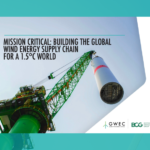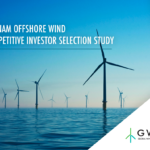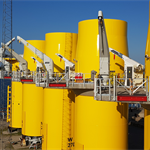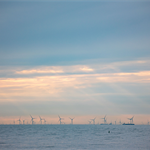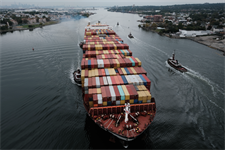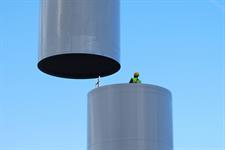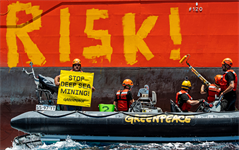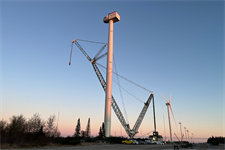Qualified workforce is ‘biggest’ supply-chain challenge for offshore wind
Energy Disrupter
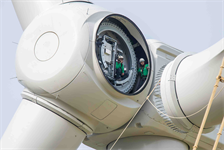
Germany must more than double the size of its qualified workforce to achieve its offshore wind targets or else cooperate with other countries to do so, according to German offshore wind industry group WAB.
Speaking in a panel session, Heike Winkler, managing director of WAB, laid out the scale of Germany’s challenge.
She said: “One of the biggest issues right now is to have enough qualified manpower to really make the huge step forward to 30GW by 2030 a reality.”
Winkler said there were currently 860 companies in the German wind energy supply chain.
“There are about 21,400 employees – that’s much too small a number to be capable of reaching these targets. We need 50,000, or we need to cooperate,” she added.
US
The US has seen its once “struggling” offshore wind sector had been “catapulted” into becoming the central plank in the country’s renewable energy drive, said Melinda Skea, vice president of public affairs at the US Business Network for Offshore Wind.
Skea said the BNOW had pushed for a comprehensive offshore wind industrial strategy, which had been achieved in several ways via the Biden administration’s Inflation Reduction Act and also the Infrastructure and Investment and Jobs Act.
The latter was critical, said Skea, to “support port development, as well as transforming our very archaic grid and transmission system.”
UK
Karl John, a specialist in renewable energy at the Department for International Trade, laid out the UK’s position.
Commenting on individual country targets, he said: “We are all mobilising offshore wind massively going forward and the supply chain is going to have to keep up with that somehow – we’re already seeing supply chain bottlenecks coming.”
John said the supply chain was no longer a local but a “global issue” to achieve the ambitious targets set by countries.
He said that although the UK’s grid system was “very stable” there were limits to its capacity.
He added: “And if you add another 30GW of offshore wind, in certain locations, you have to do an awful lot of reinforcing to it. So there’s a lot of work being done internally in the UK, to map out the future upgrades that the grid needs.”
Poland
Meanwhile, Jakub Budzynski, vice president of the management board at the Polish Offshore Wind Energy Society laid out the country’s strengths and weaknesses.
He said Poland had mature shipbuilding, steel and subsea-cable production industries and had an ambition to become an industrial hub for the Baltic Sea region in the years to come but that gaps remained.
Budzynski said: “Let’s see made-to-measure a financial instrument of support like credits, like green bonds and so on. And of course, we need to support the education process…because we urgently need a large number of well skilled people” from engineering and technical backgrounds.
At the end of the session, the panellists signed a pledge to cooperate with each other to reach their countries respective offshore wind goals.



